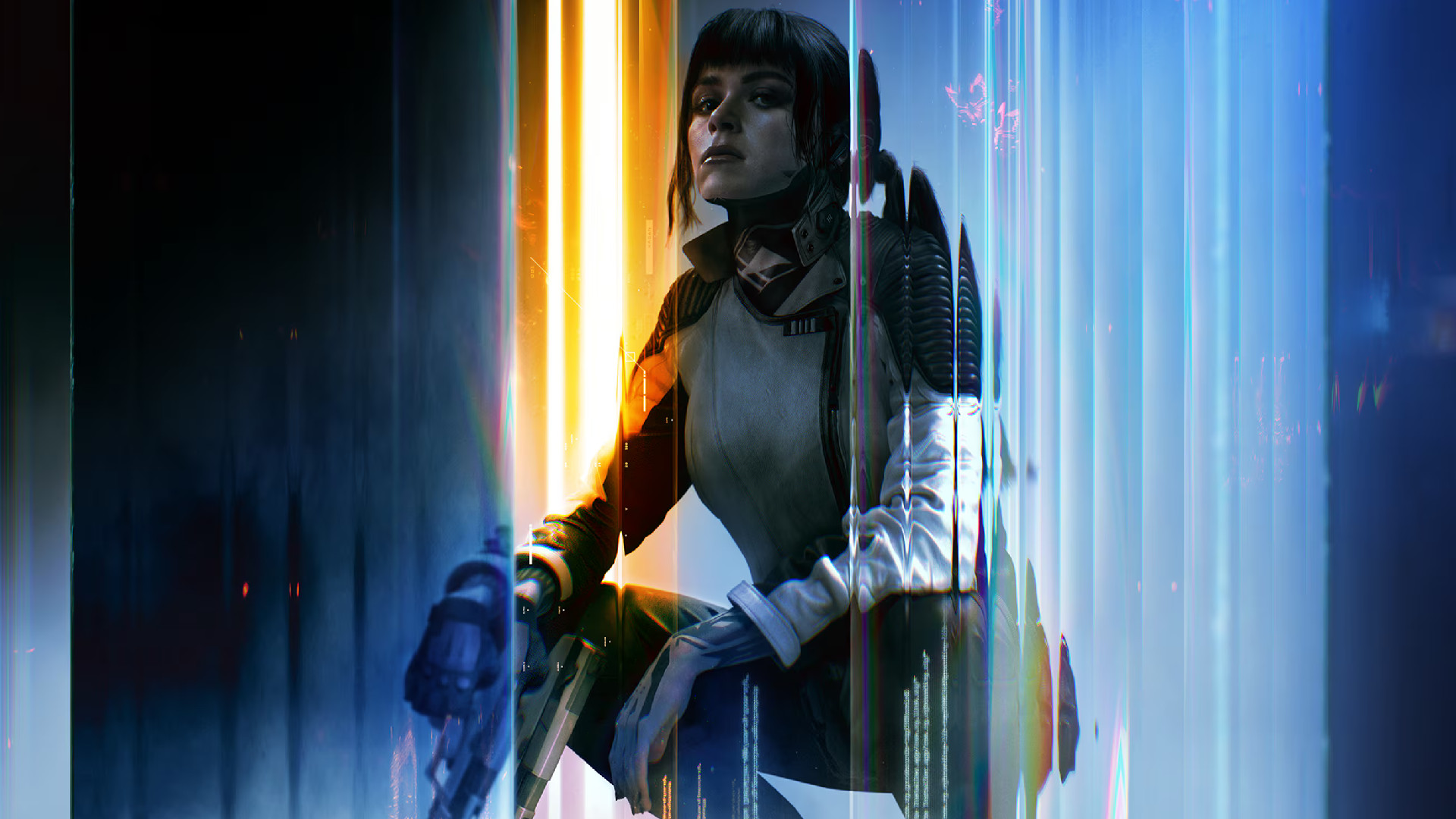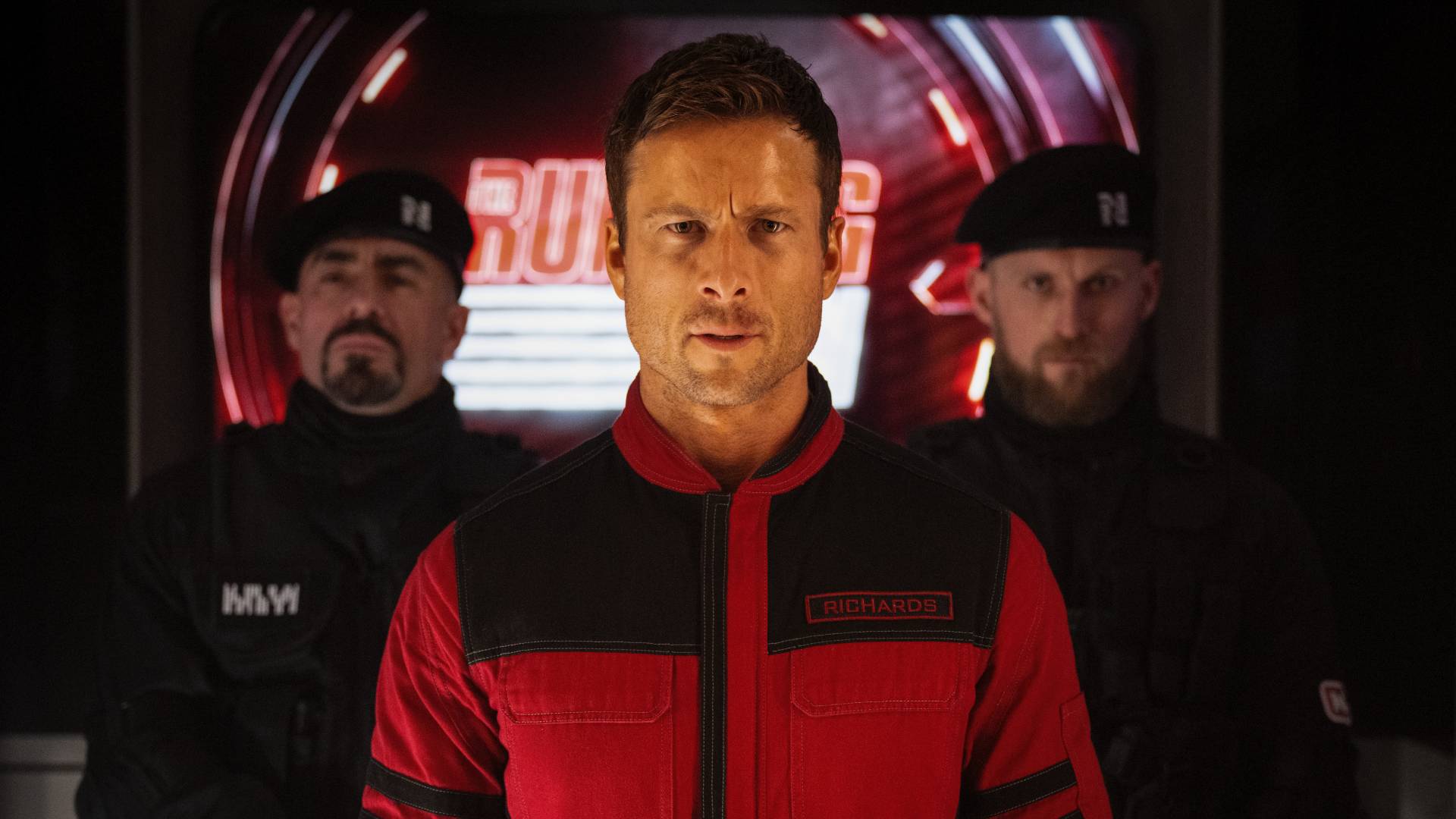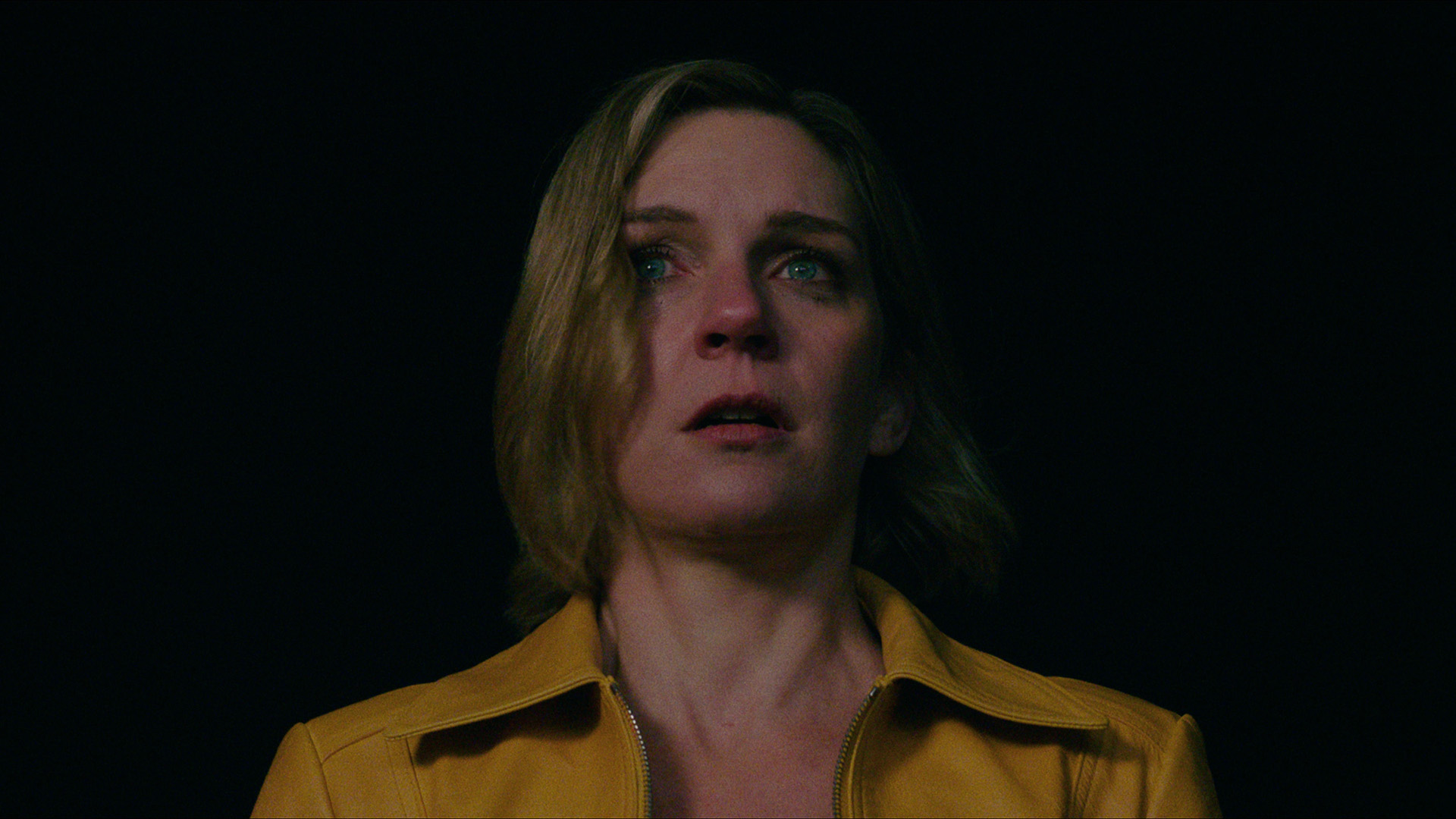Clair Obscur: Expedition 33's controversial ending has been on my mind for a week, and I finally know why it's been bugging me so much
Opinion | Making the wrong decisions for the right reasons
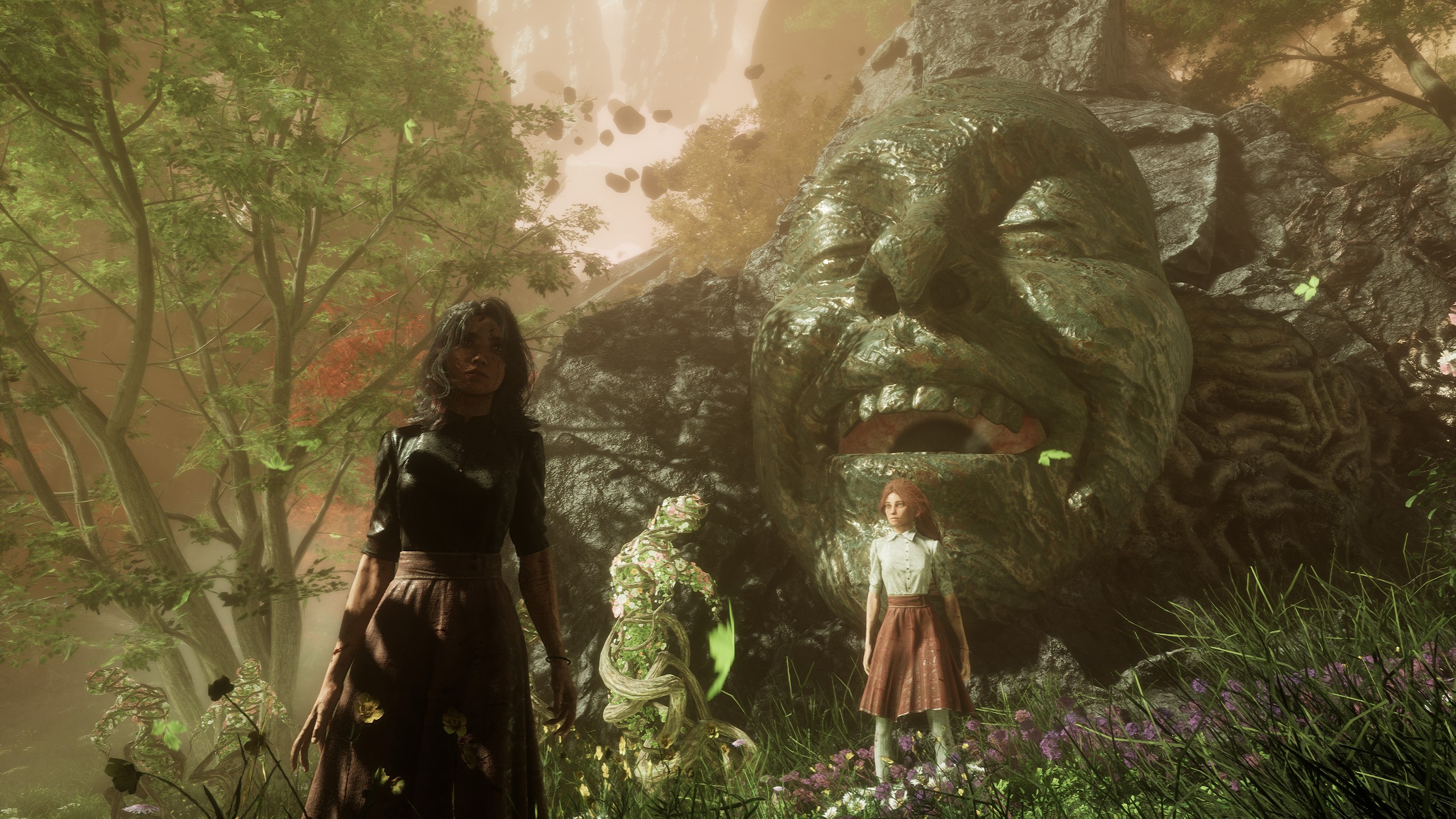
Clair Obscur: Expedition 33's opening hours are flush with death. Act One's protagonist, Gustave, is introduced spending one last day with the love of his life before she disintegrates along with every other 34-year-old in Lumiere, all victims of the Gommage. There's a note of hope – the briefest of things – when Gustave and Expedition 33 set out on their quest to prevent another Gommage, but even that's snatched away when, minutes later, they're slaughtered en masse by an old man with a walking stick.
The vibes, by this point, are dire. It's a feat that Sandfall Interactive finds ways to pull us up from misery – but it does. The Continent, though overrun with murderous Nevrons, offers glimmers of beauty and kindness. It's not lost on Expedition 33's survivors, who find time to crack jokes and even enjoy their travels. Hours into Act One, I foolishly thought that Clair Obscur's trauma was front-loaded, and we were settling into a more conventionally whimsical adventure. I was, er, very wrong.
You can rarely predict whether Clair Obscur: Expedition 33 is coming in for a hug or gut punch. The indie gem constantly flits between existential gloom and life-affirming sweetness – or, to quote the game's perennial good boy Esquie, "the 'Wheee' balances the 'Whooo'". But it's not an even give and take.
Warning: massive spoilers for the ending of Clair Obscur: Expedition 33 ahead
Wheee
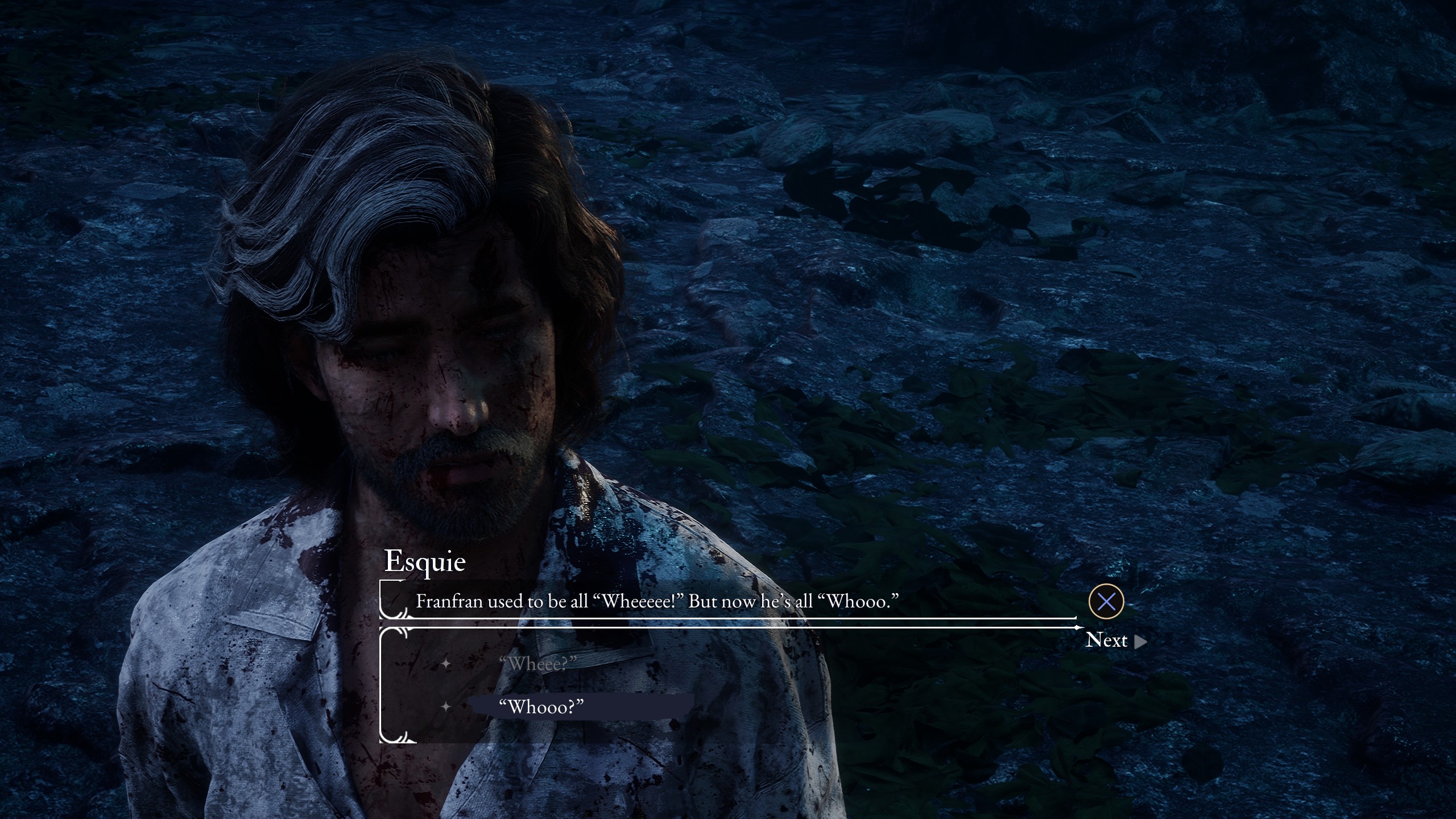
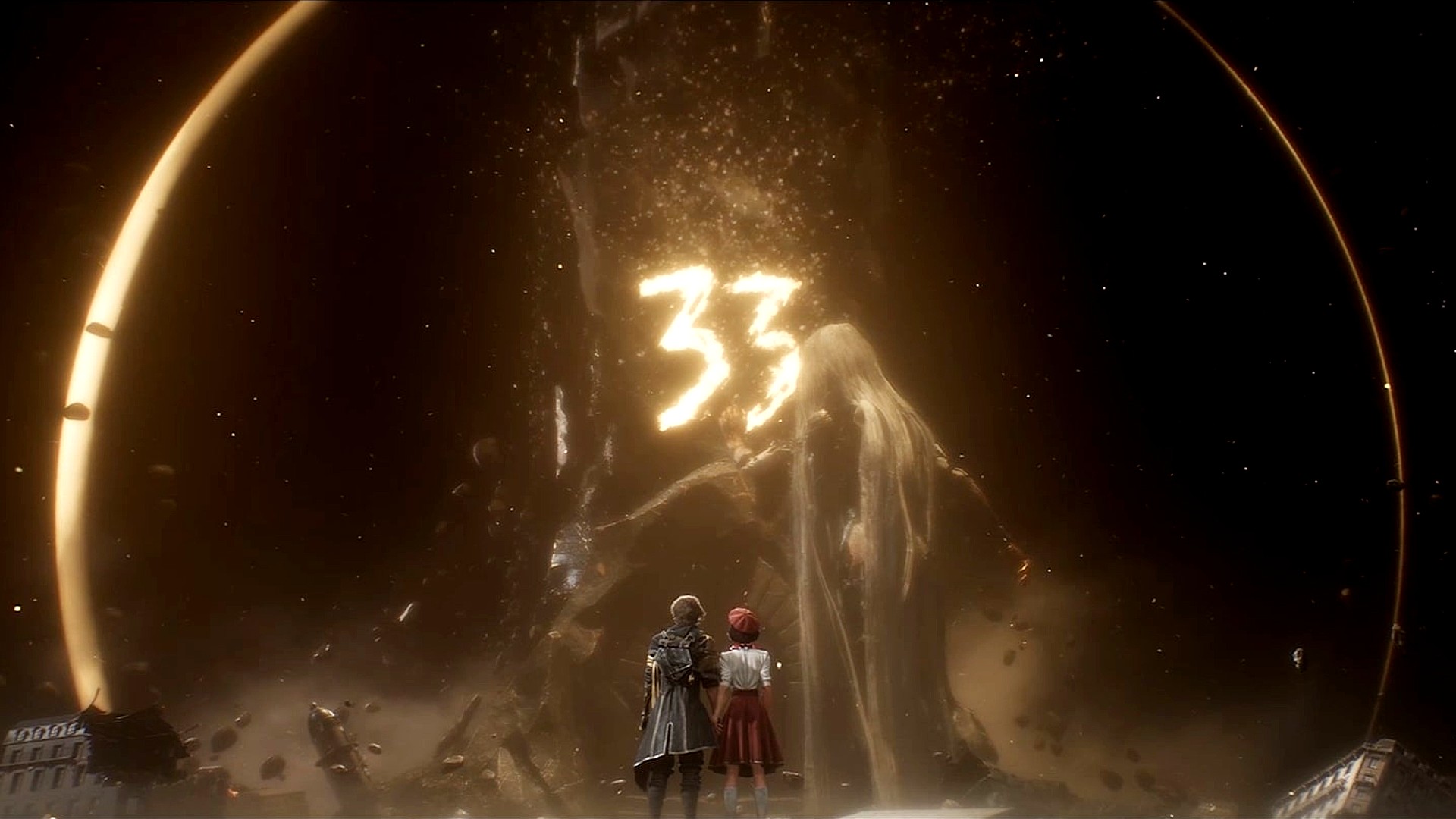
Clair Obscur: Expedition 33 review: "An old-school feeling JRPG as dynamic as Persona but with parry-filled battles as hard-won as Sekiro"
When the titular Expedition 33 return to Lumiere after defeating The Paintress, they're given just minutes to celebrate before the entire world – themselves included – fall victim to one last surprise Gommage. It's a heartbreaking twist of the knife. But still, there's hope. An entire third act lies ahead, and Maelle – who turns out to be the avatar of the real-world Alicia – now has the power to resurrect the dead. Based on everything that's happened prior to this, it's safe to assume that we're at a low point – perhaps even the lowest – but the highs await. If we can just push on. If we can just defeat Renoir, we'll save the Canvas and live happily ever after. Right?
Enter Clair Obscur: Expedition 33's deeply controversial ending. After defeating Renoir (who turns out to be nothing more than a wife guy pushed to breaking point) you're forced to either destroy the painting, forcing Alicia out of the Canvas to confront her grief, or allow her to remain in happiness – even if doing so will ultimately kill her in the real world.
This is where things get messy. Up until this point, we've been led to believe that everyone in the Canvas is a living, breathing person. That they're real. Verso's decision, to destroy the Canvas for the sake of Alicia, seems selfish – particularly because he wants to die. There is no suggestion that the world's inhabitants are, for lack of a better word, NPCs. Equally, Alicia's argument – that she would prefer to live happily here rather than exist in a world that's been very cruel to her – seems fair.
Weekly digests, tales from the communities you love, and more
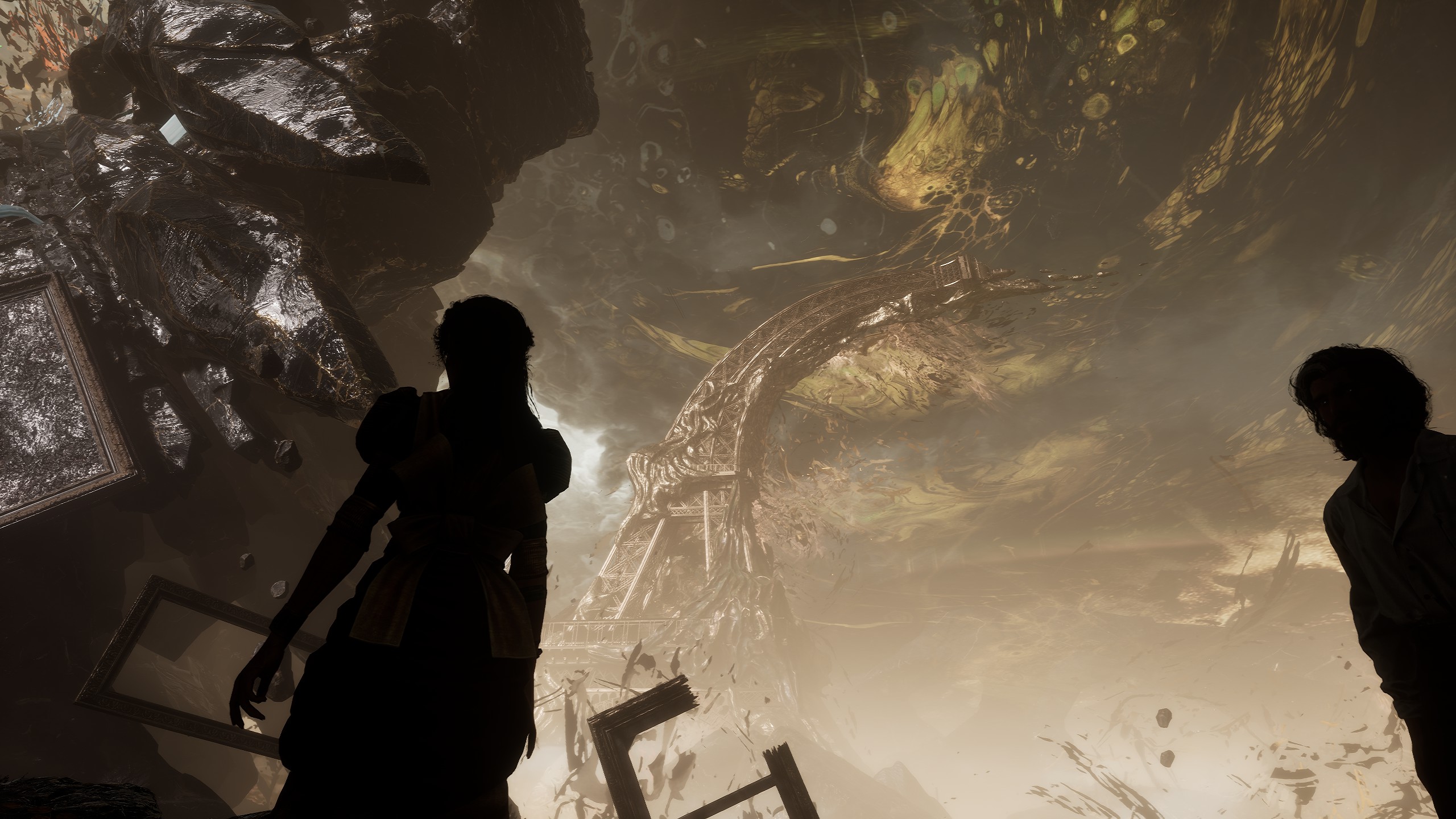
At least, this was my logic. I supported Alicia in preserving the Canvas – after all, that's what we've spent all game trying to do – but if the vibes were dire before, they're outright rancid now. With the closing cutscene in black and white (the universal filter for Things Are Sad Now), there's no mistaking that the Canvas, whatever it was before, is now an unsettling imitation of life. The group and their loved ones gather to watch Verso, his entrapment all too clear on his face, play at the opera house. A perfect day – one you get the feeling has happened before – with painted faces, all while Alicia dies in the real world.
The alternative, seeing Expedition 33 Gommage while the real Alicia and her family finally confront their grief, is positioned as the good ending. I'm still not entirely sold. There's a disconnect between the rest of the game, which at no point suggests the Canvas inhabitants' lives aren't their own. At a more meta level, I don't think Sandfall Interactive quite sells the idea that there is no middle ground – a life where Alicia takes breaks from the Canvas to return to the real world as she promises her father, which would sidestep the health issues connected to remaining there for too long.
But if you interpret the Dessendre family's Painting as an allegory for escapism through drug use, of course Alicia won't think things through rationally – she isn't trying to. Additionally, if we choose to help Alicia maintain the fantasy, who are we really making that decision for? Alicia, who's killing herself to avoid facing the fallout of her family's grief head-on? Or, after spending 30+ hours in the Canvas and growing to love its cast, ourselves?
I've been thinking about this for the last week, and while I was originally critical of the way Sandfall Interactive executes Clair Obscur's ending, I now couldn't imagine a more visceral way of putting us in Alicia's shoes. Within any artistic medium, it can be bitter and deeply sad to know that you'll never experience something for the first time again. Leaving something cherished – whether it's a good book, rolling credits on a moving game, or a loved one in the real world – is hard. A painting, a game. What's the difference?

Andy Brown is the Features Editor of Gamesradar+, and joined the site in June 2024. Before arriving here, Andy earned a degree in Journalism and wrote about games and music at NME, all while trying (and failing) to hide a crippling obsession with strategy games. When he’s not bossing soldiers around in Total War, Andy can usually be found cleaning up after his chaotic husky Teemo, lost in a massive RPG, or diving into the latest soulslike – and writing about it for your amusement.
You must confirm your public display name before commenting
Please logout and then login again, you will then be prompted to enter your display name.

